News
-
 Neuroscience
NeuroscienceYoung people’s memories improved when they stopped using marijuana
After just a week of not using pot, teens’ and young adults’ abilities to remember lists of words got better, a small study finds.
-
 Chemistry
ChemistryNew devices could help turn atmospheric CO2 into useful supplies
New electrochemical cells transform carbon monoxide into useful chemical compounds like ethylene and acetate much more efficiently than their predecessors.
-
 Archaeology
ArchaeologyAncient South Americans tasted chocolate 1,500 years before anyone else
Artifacts with traces of cacao push back the known date for when the plant was first domesticated by 1,500 years.
By Bruce Bower -
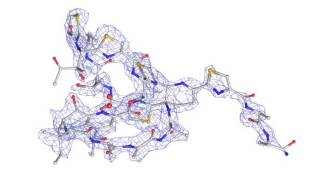 Chemistry
ChemistryZapping substances with electrons can quickly map chemical structures
Speedy molecular identification originally developed for proteins might benefit crime lab researchers and drugmakers.
By Carmen Drahl -
 Health & Medicine
Health & MedicineWhat the approval of the new flu drug Xofluza means for you
Xofluza, the first flu antiviral to be approved in 20 years, works differently from other flu drugs.
-
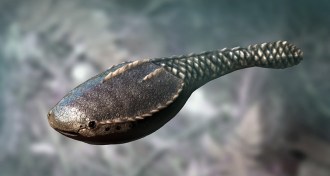 Paleontology
PaleontologyThe first vertebrates on Earth arose in shallow coastal waters
After appearing about 480 million years ago in coastal waters, the earliest vertebrates stayed in the shallows for another 100 million years.
-
 Plants
PlantsLiverwort plants contain a painkiller similar to the one in marijuana
Cannabinoids found in liverwort plants could spell relief for those suffering from chronic pain.
-
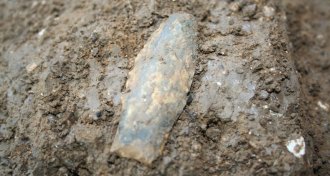 Archaeology
ArchaeologyAncient Clovis people may have taken tool cues from earlier Americans
Ancient Americans’ spearpoints may have heralded later Clovis weapons.
By Bruce Bower -
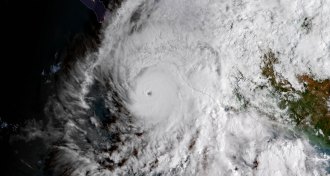 Climate
ClimateHurricane Willa breaks an eastern and central Pacific storm season record
The combined might of eastern and central Pacific hurricanes produced a record-breaking year of storm energy.
-
 Health & Medicine
Health & MedicineTeens use Juul e-cigarettes much more often than other vaping products
Such devices are more popular among youth than other e-cigarettes or regular cigarettes, a study finds.
-
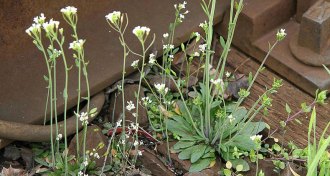 Agriculture
AgriculturePlants engineered to always be on alert don’t grow well
Scientists bred a type of weed to lack proteins that help stem the production of bitter chemicals used to ward off insect attacks.
-
 Genetics
GeneticsDNA differences are linked to having same-sex sexual partners
Genetic differences are associated with choosing same-sex partners in both men and women.